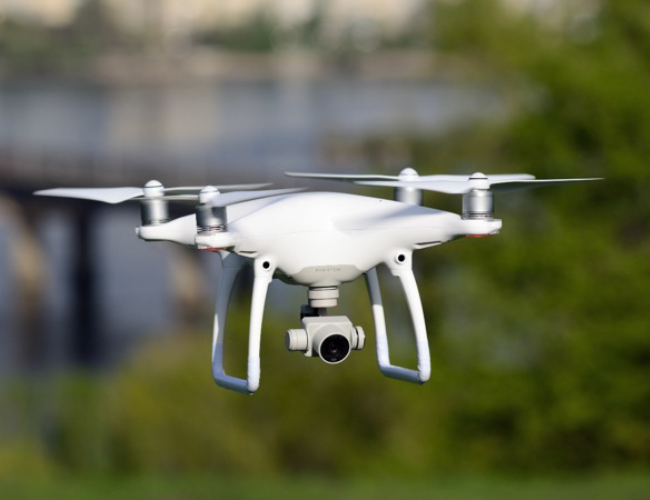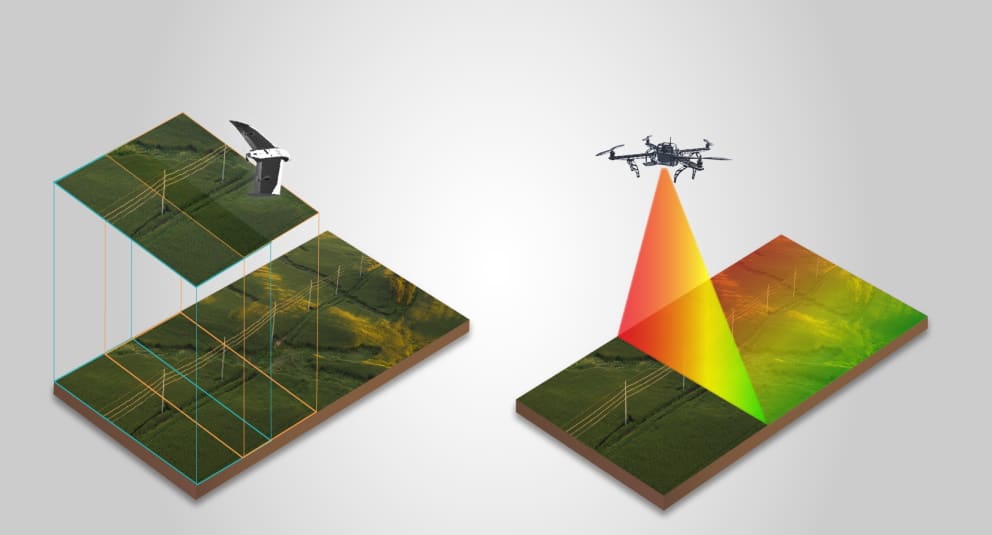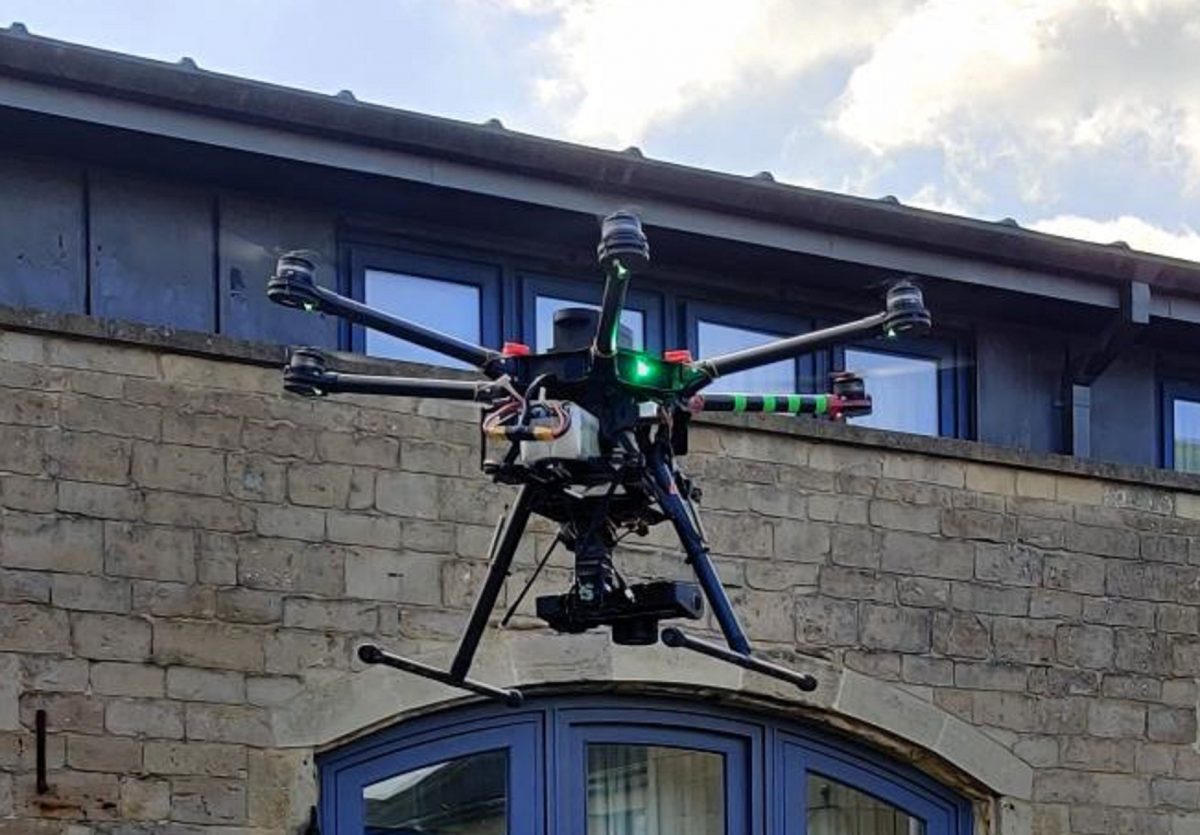

Then for drone maps, there are two types of accuracy: absolute and relative accuracy. Typically, the more expensive the drone, the higher resolution the camera images and the more accurate they will be. Drone GSD will depend entirely on the pixel resolution of the drone camera. The first thing to know is a drone’s ground sampling distance (GSD). When it comes to the accuracy of land surveys, there are several factors to consider. Drone pilots can operate the drone remotely and out of harm’s way, as the drone works over the site, no matter the terrain or slope. But with drones, nobody needs to be put at risk. Traditional surveyors have to sometimes walk through dangerous terrain or in tough weather conditions to complete the job. Each pixel on a drone map or point on a 3D model is delivered with precise geo-data that is hard to get any other way.īy using drones, you also minimize safety liabilities. Because drones can fly much closer to the ground than satellites or manned aircraft can, the data they collect is of higher quality. This makes drone surveys far more affordable.ĭrone surveys also deliver centimeter-level accuracy.
#UAV DRONE LAND SURVEYING SOFTWARE#
Plus, drone and mapping software solutions can automate data collection and processing and pass the cost savings on to you.

You spend less on labor and man hours when it only takes one or two drone professionals to do the job. Since drones get the job done faster, they are also more cost effective. Across the board, drones are faster at delivering actionable survey data. Drone surveyors can also do impromptu flights at short notice. They can launch the drone from one location and let the drone take it from there and perform the survey autonomously. Drone pilots don’t need to carry as much equipment around the survey site. They can capture aerial photos of large areas in minutes.

And hiring trained experts to operate such expensive equipment comes at a high price.įortunately, drones relieve many pain points of traditional survey methods. It can take days or even weeks to see the results. However, these ways of surveying require a lot of time and manpower, sometimes even a whole crew. For higher altitudes, some use rope and scaffolding surveying methods. Since then, heavy hardware like total stations and theodolites have been used to measure horizontal and vertical distances between points. Even the ancient Egyptians surveyed the land before building the pyramids. Of course, land surveys were around long before drones. But broadly speaking, there are two main types of land survey: Some will deliver different data depending on what’s needed. Of course, not every land survey is the same. These are corrected for lens distortion, camera tilt, and topographic relief to give you a highly accurate representation of the land that you can use to measure true distances and exact volumes. On the data processing side, you have advanced mapping software that uses photogrammetry techniques to compile drone images into geo-referenced orthomosaics and 3D models. On the data collection side, you have the drones equipped with RGB and multispectral cameras or Light Detection and Ranging (LIDAR) lasers that can rapidly collect high-quality images of a property from different angles and tag them with geographical coordinates. Then, advanced mapping software processes the drone data and turns it into high-quality 3D maps and models that accurately represent the land’s geography and topography.Īs you can tell, a lot of coordinated technology goes into drone surveying. When equipped with high-tech, downward-facing sensors and cameras, a drone can quickly capture images and data on the terrain below it. Drone land surveying is the use of unmanned aerial vehicles (UAVs) to evaluate large plots of land.


 0 kommentar(er)
0 kommentar(er)
